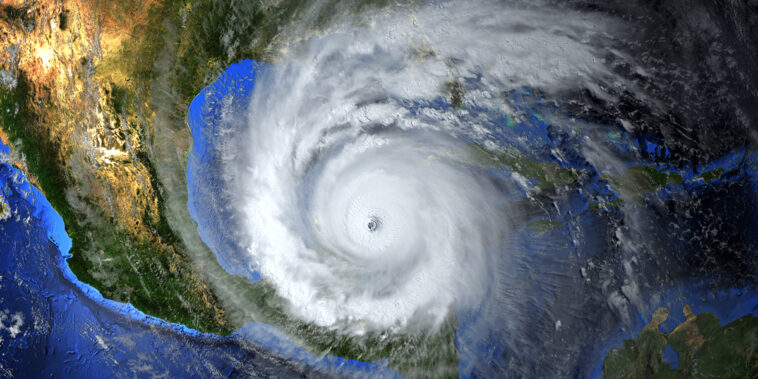Use these tips to make sure your home is fully covered before hurricane season begins.
You might not be thinking about your summer plans because of the uncertainty caused by COVID-19. But, like it or not, you must plan for hurricane season.
Each year brings new challenges to homeowners insurance cases because of ever-changing laws and insurance policies. When an insurance company reviews its policy language, new provisions may be added and old ones deleted. Sometimes this adds more protection for the homeowner, but most of the time, it benefits the insurance company to limit coverage and exposure.
Review Your Coverage
Before storm season begins, review your current policy. Make sure the declarations page states amounts sufficient to replace your home in the event it needs to be completely rebuilt. Make sure that it doesn’t exclude major items, such as your roof with solar panels, screened enclosures or other structures like sheds or detached garage apartments. Also, ensure the deductibles are reasonable and that valuable coverage, such as sinkhole, liability or mold, aren’t excluded.
Insurance companies have been pushing the “right to repair.” If you select a policy that contains a right to repair or choose to reduce your premium in exchange for a supplement to your policy allowing for the right to repair, you may find yourself in a difficult situation after a storm.
The right of repair allows your insurance company to determine the scope of your claim and choose who does the repair to control the costs. They work with contractors who agree to work at a discount to the insurance company in exchange for a certain number of repairs. This gives you no control over the person doing the repairs and possibly the materials used to repair your home.
Know Your Home
Next, take inventory of your home. You can either take photos or a short video of the inside of the house, opening the cabinets and drawers to show your personal belongings. Keep that video in a cloud or transfer it to USB and store in a safe place where it won’t be lost or damaged.
Also, consider having your roof inspected or serviced yearly or every other year to document its condition. Pre-sale inspection reports maintained by title companies or receipts from roofing companies that inspected the home and made repairs can be used to prove the condition of the roof prior to a storm. This prevents the insurance company from claiming pre-existing conditions or lack of maintenance.
What Happens Next?
Once a claim is filed, your insurance company must inspect the damages and evaluate whether it qualifies for payment or denial. Your own pre- and post-storm photographs and videos are your best evidence.
It’s imperative to reach out to an attorney who concentrates their practice on insurance litigation if your claim is denied. After quickly assessing the damages and preparing estimates and reports, they can negotiate a settlement with the insurance company and, if necessary, fight for you in court.





Comments